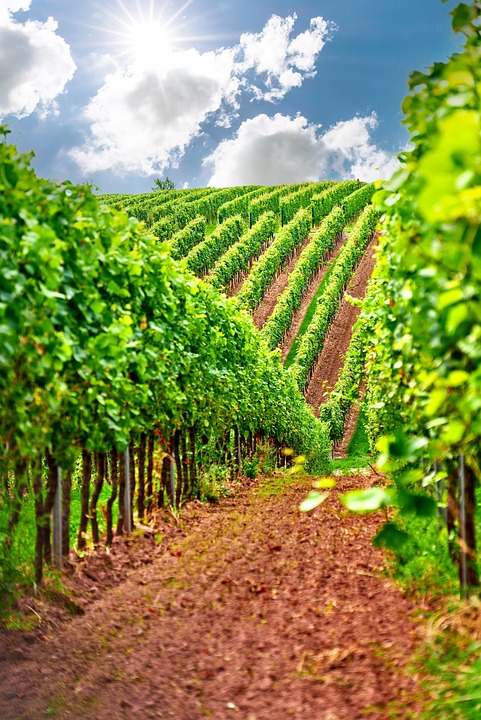The Rise of Dry Riesling from Australia, Austria, and the United States
Introduction
Dry Riesling, a versatile white wine known for its high acidity and complex flavors, has been gaining popularity in recent years. While traditionally associated with Germany, dry Riesling is now being produced in countries such as Australia, Austria, and the United States. In this report, we will explore the rise of dry Riesling from these three countries, including industry insights, financial data, and trends.
Australia
Australia, known for its bold and fruit-forward wines, has seen a surge in the production of dry Riesling in recent years. Regions such as Clare Valley and Eden Valley in South Australia are particularly known for their high-quality Riesling grapes. One of the leading producers of dry Riesling in Australia is Grosset Wines, founded by Jeffrey Grosset in 1981. The winery’s Polish Hill Riesling is highly acclaimed and has received numerous awards for its crisp acidity and vibrant citrus flavors.
Financial data from Wine Australia shows that the export value of Australian Riesling has been steadily increasing over the past decade. In 2020, Australian Riesling exports were valued at $33 million, representing a 5% increase from the previous year. This growth can be attributed to the increasing demand for premium Australian wines in key export markets such as the United States, China, and the United Kingdom.
Austria
Austria, another country known for its high-quality white wines, has a long history of producing exceptional dry Riesling. The Wachau region, located along the Danube River, is renowned for its steep vineyards and mineral-rich soils that are ideal for growing Riesling grapes. One of the most famous Austrian Riesling producers is Franz Hirtzberger, whose wines from the Singerriedel vineyard are highly sought after for their purity and elegance.
According to data from the Austrian Wine Marketing Board, Austria’s Riesling exports have been steadily growing in recent years. In 2020, Austrian Riesling exports reached a record high of €30 million, representing a 7% increase from the previous year. This growth can be attributed to the increasing recognition of Austrian Riesling for its unique terroir-driven flavors and exceptional quality.
United States
The United States, particularly the state of Washington, has emerged as a key player in the production of dry Riesling. Washington’s cool climate and diverse terroir make it well-suited for growing Riesling grapes that exhibit bright acidity and complex flavors. One of the leading producers of dry Riesling in Washington is Chateau Ste. Michelle, which has been crafting award-winning Rieslings since 1972.
Data from the Washington State Wine Commission shows that Riesling is one of the fastest-growing wine varietals in the state. In 2020, Washington produced over 28,000 tons of Riesling grapes, representing a 10% increase from the previous year. This growth is driven by the increasing consumer demand for dry Riesling, which is appreciated for its food-friendly nature and age-worthiness.
Conclusion
In conclusion, the rise of dry Riesling from Australia, Austria, and the United States reflects a growing trend towards lighter, more aromatic white wines with pronounced acidity and minerality. As consumers continue to seek out unique and terroir-driven wines, dry Riesling is poised to become a staple on wine lists and in cellars around the world. With increasing recognition and demand for these wines, the future looks bright for dry Riesling from these three countries.

